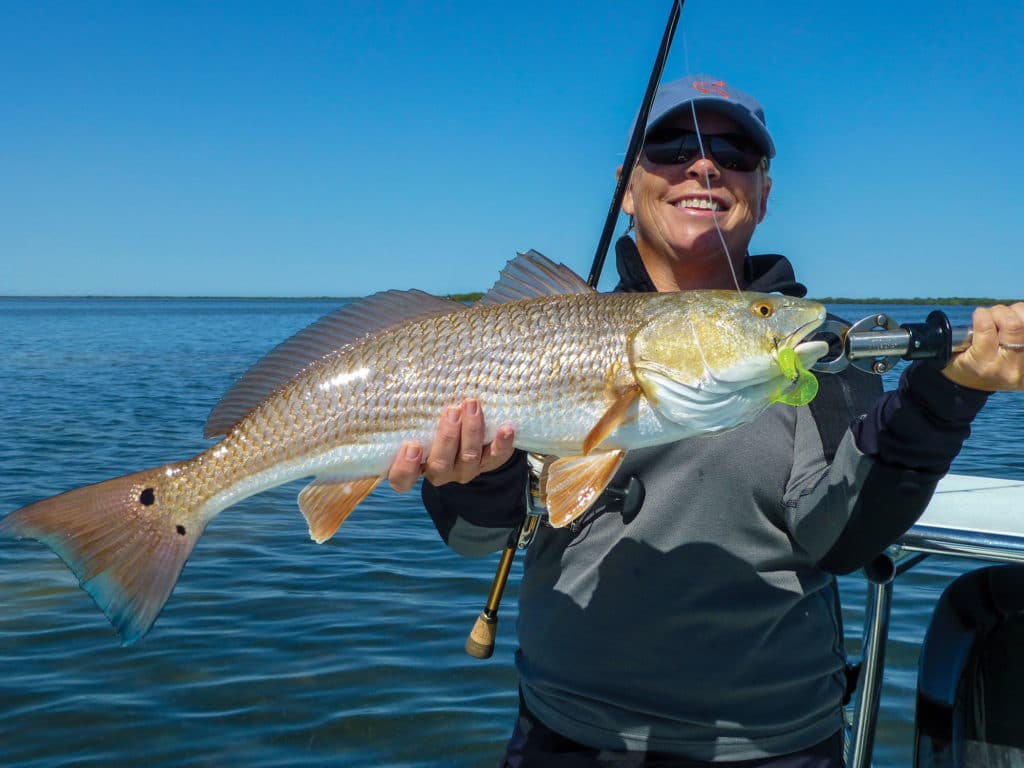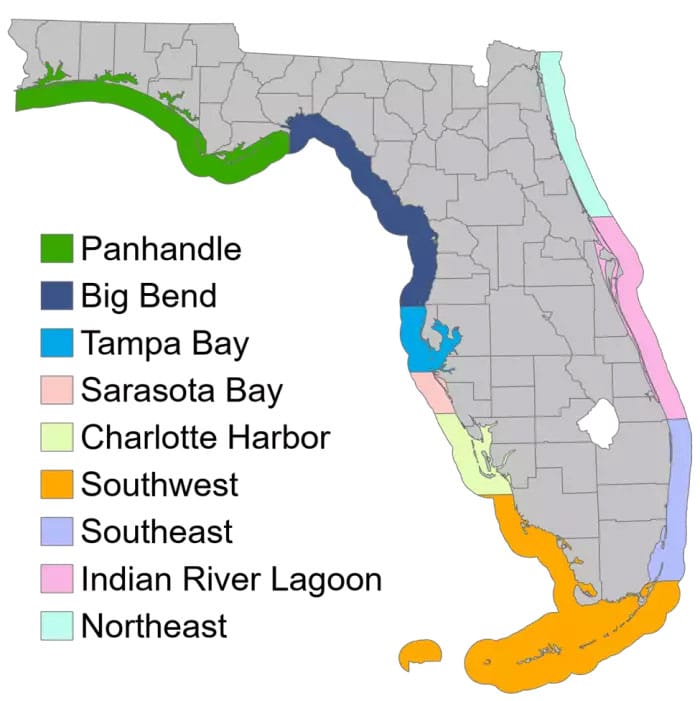
Fisheries management and controversy seem to go hand-in-hand. The real problem is that in many cases, the management process creates winners and losers. While this is an unfortunate reality, I always hope that the resource is the constant winner. We know that if we give the fish half a chance, they do well. We also know that strong resources drive angler participation.
Along the entire coast of Florida and the rest of coastline of the Gulf states, redfish are a very popular gamefish target. While they are regularly consumed, as we remember from the blackened redfish craze, they are also a big catch-and-release fishery. This was normal in the past, but with many local and national redfish tournaments these days, catch and release is a more popular way to fish. Still, when a fisheries regulator says that you have to release the fish, it is a burr under someone’s saddle.
The Florida Fish and Wildlife Conservation Commission (FWC) at its July meeting has approved some changes to the redfish regulations to help support the redfish population in the state. Effective September 1, 2022, the following regulations will be in place:
- Establish nine redfish management regions.
- Prohibit captain and crew from retaining a bag limit of redfish when on a for-hire trip.
- Reduce the off-the-water transport limit from 6 to 4 fish per person.
- Reduce the vessel limit in each of the management regions to be:
- Panhandle, Big Bend, Northeast: four fish.
- Tampa Bay, Sarasota Bay, Charlotte Harbor, Southwest, Southeast: two fish.
- Allow only catch-and-release fishing for redfish in the Indian River Lagoon region.
- Set the bag limit to one fish in the Panhandle, Big Bend, Tampa Bay, Sarasota Bay, Charlotte Harbor, Southwest, Southeast and Northeast regions. (This is a reduction to the bag limit in the Northeast region.)

There is little doubt that some of these changes will make a portion of recreational anglers unhappy. While not exactly true here, there was an old fisheries management adage that basically said, “if the regulation makes all the users unhappy, it must be the right decision for the resource.”
Even though the redfish stock is not overfished and overfishing is not occurring, we know that due to the Covid-19 pandemic a lot of new participants took up fishing as a way to safely get outside with family and friends. This increased activity has largely remained, which is a good thing for the recreational fishing community, but over time there can be an impact.
Demographic data also show that more folks are moving to or close to the coast and some of those are recreational anglers. So, I give the FWC credit for being proactive with these regulations, not reactive. In the process of putting these new management regulations in place, they also included annual management reviews which can give them the flexibility to change the regulations to meet the current conditions. Some may say that regulators always move in the direction of restricting access, not liberalizing it. But that is not always true.
I support what the FWC has done. This will help ensure that there are redfish resources available in Florida waters. The one thing that supports recreational fishing activity is resource availability. While this will ruffle some feathers, in the long run it will be better for the fish.









